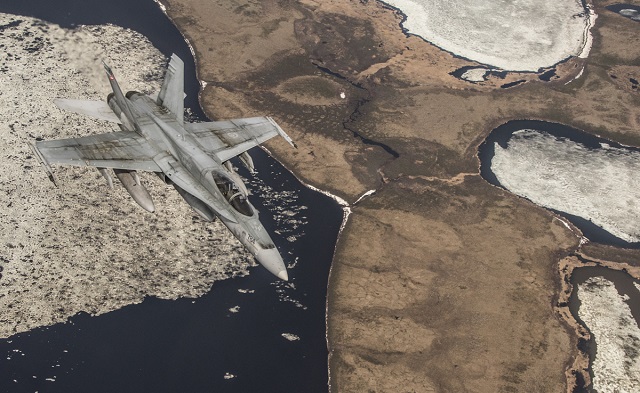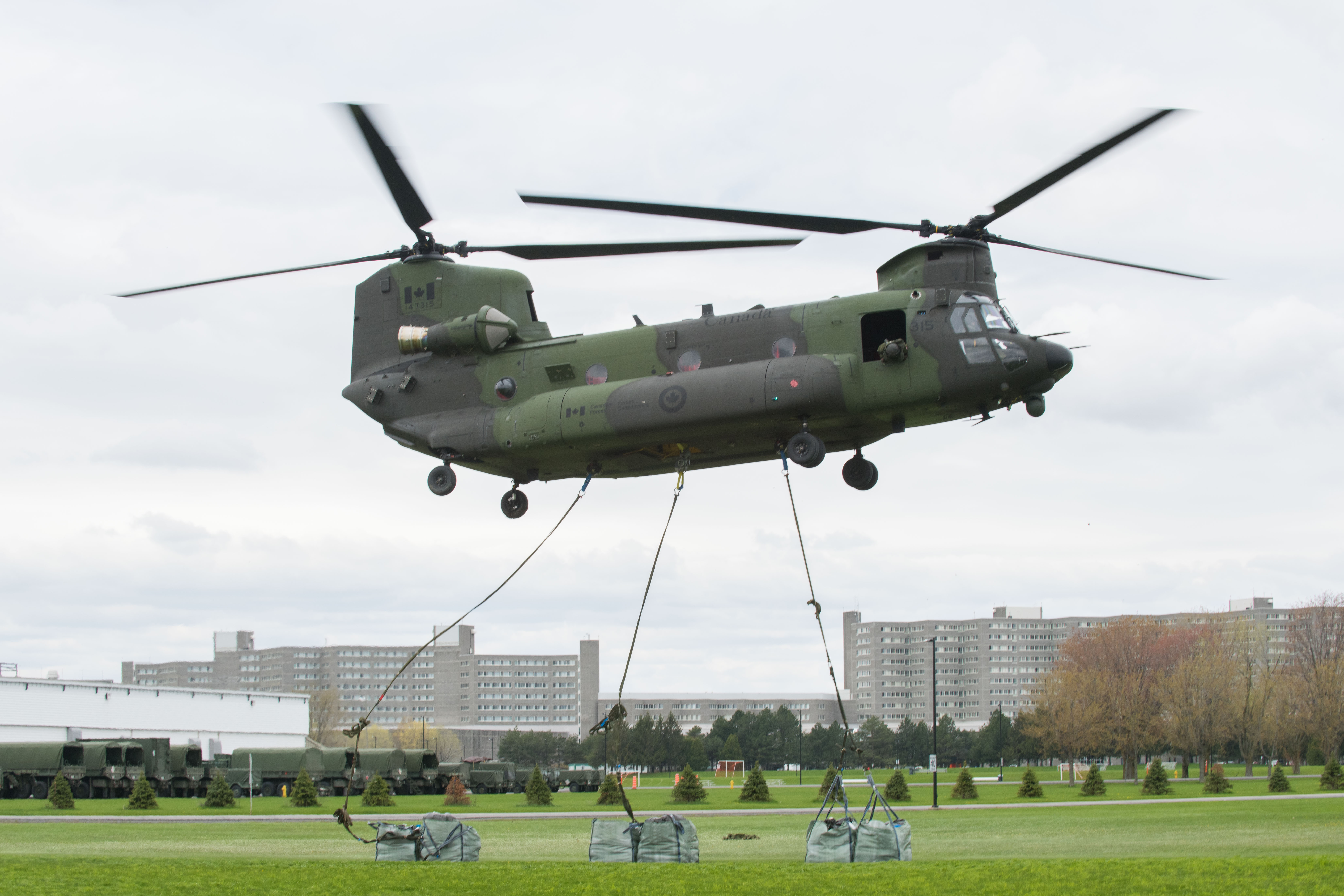Canadian politicians have recommended that the country cancel its proposed acquisition of 18 Boeing F/A-18E/F Super Hornets, describing the plan as a "political decision" that fails to serve either the air force or taxpayers.
In November 2016 Ottawa signalled its intention to buy the Super Hornets as an interim measure while it carried out a competition to decide on a long-term replacement for its aged fleet of CF-188s.
It had previously planned to buy 65 Lockheed Martin F-35s for the Royal Canadian Air Force, but backed away from the Joint Strike Fighter last year on cost grounds.
But a Canadian senate committee on defence believes that the country should walk away from the stopgap measure.
In its report Reinvesting in the Canadian Armed Forces: a plan for the future, released in early May, the committee says the move will be costly – between $5-7 billion – "and will limit our air force's ability to be fully interoperable within NORAD and NATO".
It cites a letter written by 13 former senior RCAF officers which argues that the acquisition of such a small fleet – sharing only limited commonality with its current fighters – will be needlessly costly.
"The government's decision not to proceed with the procurement process for a new fighter fleet and purchasing an unnecessary and costly interim capability will leave the taxpayers with a significant burden and [RCAF] with a duplicate support system that will cost billions of dollars in equipment, training, and technical know-how.
"This burden would be eliminated if the government were to move forward with the selection of the F-35."
Additional costs would be incurred through continued operation of the current legacy Hornets well into the 2030s, it says.

Royal Canadian Air Force
It calls on defence ministry to "immediately" begin a contest to select the CF-188's replacement, with a decision to made by 30 June 2018.
Although the next-generation fighter programme will be the most expensive acquisition for Canada, the committee has an extensive shopping list for modernisation of all three branches of the armed forces.
New aerial refuelling tankers, martime patrol aircraft, unmanned air vehicles and helicopters are all proposed in the report.
Defence minister Harjit Singh Sajjan recently indicated that it was vital to secure funding to modernise the RCAF's fleets of AgustaWestland CH-149 Cormorants and Bell Helicopter CH-146 Griffons or face losing them to obsolescence issues.
However, the committee calls for a bolder approach. It recommends replacing all but 40 of the service's 95 Griffon utility helicopters – which are based on the commercial Bell 412EP – with a "non-civilian aircraft" as well as 24 attack helicopters.
It believes the air force requires a utility helicopter "with more lift capacity" which is not based on a civilian rotorcraft, following operational experience with the Griffon.
"It was deemed to be ineffective to support significant military needs, especially during deployment in Afghanistan," the report says.
The strategy would appear to narrow the field of potential alternatives down to either the Sikorsky UH-60 Black Hawk or, less likely, the NH Industries NH90.
Attack helicopters are needed, it believes, in order to protect the RCAF's fleet of 15 Boeing CH-147F heavy-lift rotorcraft, "one to protect each Chinook while on deployment".
But, in addition, it also recommends expanding the Chinook fleet from 15 to 36 examples of the tandem-rotor type.
Ottawa is currently in the "options analysis phase" of its Cormorant mid-life upgrade initiative, which is expected to cost between $500 million and $1.5 billion and keep the CH-149s in service until 2040.

Royal Canadian Air Force
The committee says this capability should be bolstered by the modification and reactivation of the nine VH-71 airframes it acquired from the USA for spare parts; both helicopters are based on the UK-built AW101.
Priority should also be given to the replacement of the air force's Airbus A310-based CC-150 Polaris tankers. "These aircraft are already some 25 years old," it notes.
Although there are already plans to replace the current maritime patrol fleet of Lockheed CP-140 Auroras – a decision on a new Canadian Multi-purpose Aircraft is scheduled for 2025, with deliveries running from 2026-2036 – the committee underscores that this effort should be an "essential component" of the air force's renewal, with the new platform in place by 2030.
One of Canada's many long-running and as yet undelivered programmes centres on UAVs, with its JUSTAS surveillance effort dating from at least 2012. So far, no platform has been identified as meeting Ottawa's requirements.
The committee recommends that the government "expedite" the acquisition of UAVs "which includes sufficient options towards meeting the individual needs of the three services" before the end of 2018.
In addition, it should buy "multi-purpose systems" which can both secure Canada's borders and deliver "an armed capability to support Canadian armed forces operations".
Canada's problematic procurement process – widely regarded as an example of worst practice – is one of the reasons for the country's equipment issues.
But a separate report from the committee, issued last month, hopes to address this. It calls on the government to "fix Canada's shambolic military procurement system", giving the country's defence department responsibility for all its acquisitions. At the moment that is handled by the Public Services and Procurement Canada body.
"Continuing [with] this broken system is unacceptable," the report says.
Source: FlightGlobal.com


























